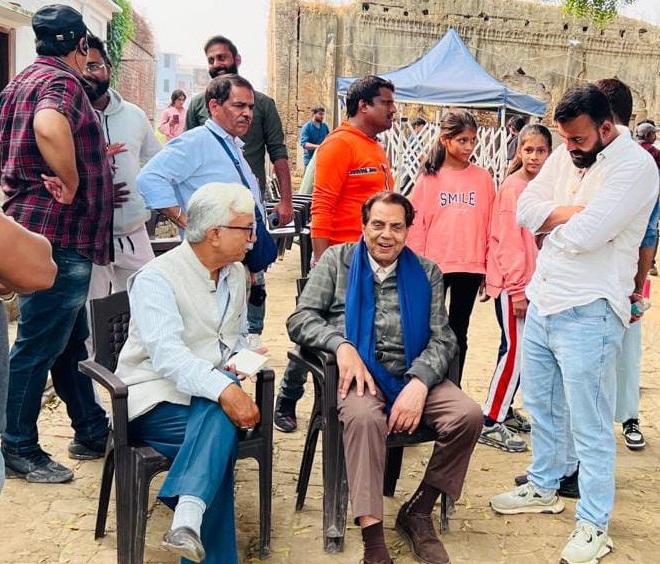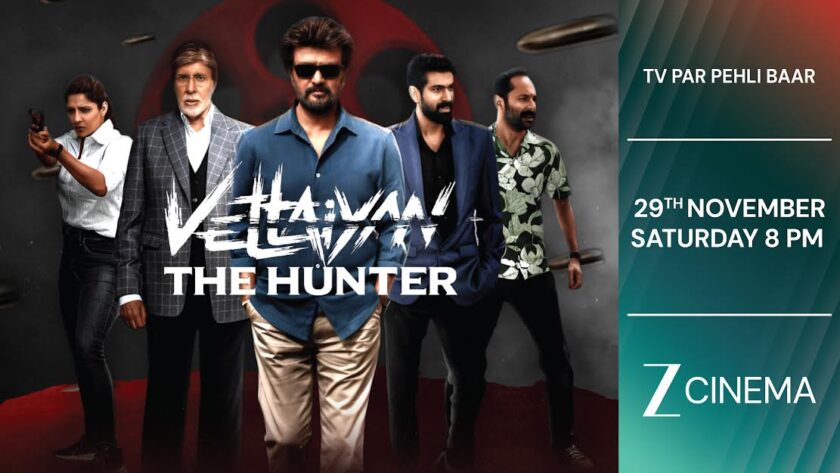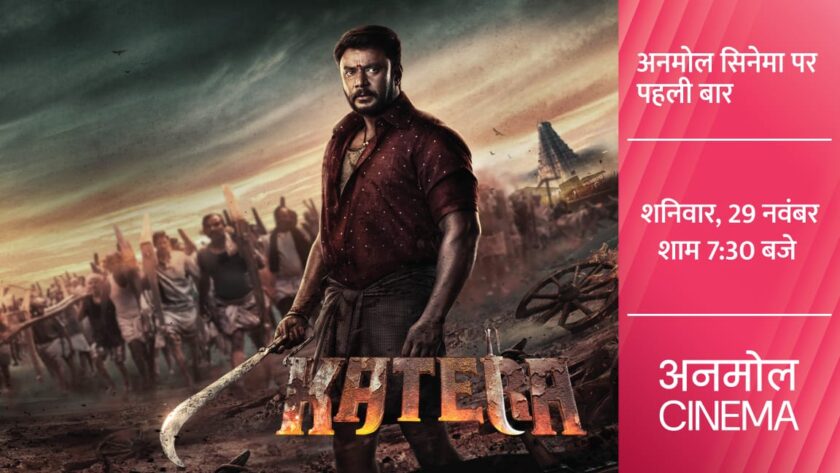Lucknow: Dharmendra—the evergreen He-Man of Hindi cinema—remains an icon whose rugged charm, unwavering heroism, and soulful vulnerability shaped the emotional landscape of generations. Born Dharam Singh Deol in 1935, his legend is rooted in Punjab’s rustic soil. Yet, tucked beneath his star text lies an intimate chapter often overshadowed by his Bollywood triumphs: his lifelong, almost lyrical bond with Lucknow, the city of tehzeeb, nazakat, kebabs, and old-world romance.
While his paternal lineage kept him grounded in Punjab, it was Lucknow that softened the edges of the future action hero, lending him the mellowness, the cadence, and the tehzeebi warmth that would become hallmarks of his charm. His years at shoots in the city; Lucknow shaped his voice, his Urdu-Hindi fluency, and his sensibility long before the arc lights of Bombay claimed him.
Over seven decades and more than 300 films, this personal bond quietly seeped into his cinematic universe. Lucknow wasn’t merely a film location in Dharmendra’s oeuvre—it was a muse that shadowed his journey, from his early dramatic years to his late-life reinventions.
Mamta (1966): The Film That Etched Lucknow Into Dharmendra’s Legacy
Dharmendra’s cinematic engagement with Lucknow began in the mid-1960s, a transitional period in his career as he evolved from a promising newcomer into a romantic leading man. After memorable turns in Bandini (1963) and Haqeeqat (1964), it was Asit Sen’s Mamta (1966) that carved Lucknow deep into his filmography.
Adapted from Nihar Ranjan Gupta’s Bengali novel Uttar Falguni, Mamta unfolds in the poetic yet melancholic universe of Lucknow’s courtesan culture during the British Raj. Dharmendra plays Dr. Manish, a compassionate physician drawn into a saga of maternal sacrifice, societal prejudice, and doomed love. Opposite him, Suchitra Sen delivers one of Indian cinema’s greatest dual-role performances as the celebrated tawaif Pannabai and her daughter Suparna.
Although the film was primarily shot in New Theatres Studio (Kolkata) and Darjeeling’s misty hills, Lucknow permeates every frame—its chowks alive with thumris, chikankari-clad performers, and the complex dance of class and desire that defined its nawabi ethos. As Dharmendra later reminisced, even recreated sets transported him to this city.
Mamta allowed Dharmendra to break free from his emerging action-star mould. His portrayal of a conflicted lover was tender, restrained, and layered—qualities critics praised for revealing his dramatic elegance. Behind the scenes, stories of his humility abound. During a faux-monsoon sequence, he famously sheltered crew members under his own shawl, winning admiration from Suchitra and director Asit Sen alike.
Released on March 11, 1966, Mamta enjoyed silver jubilee runs in Lucknow theatres. Audiences saw in Dharmendra’s performance not just romance, but the ache of a city watching its fading nawabi grandeur reflected on screen.
A Silent Yet Steady Bond Through the Decades
Even at the peak of his superstardom in the 1970s—with era-defining hits like Sholay (1975), Dharam Veer (1977), Chupke Chupke (1975), and Jugnu (1973)—Dharmendra’s Lucknow connection stayed alive in quieter ways.
He frequented the city for family occasions, political campaigns, and cultural events. His visits drew massive crowds, especially during his 2004 Lok Sabha campaign (from Bikaner), where eastern UP supporters embraced him as one of their own.
Khalli Balli (2019): A Playful Reunion with the City of His Youth
Then came an unexpected, heartwarming reunion. In 2019, at 83, Dharmendra surprised fans with Khalli Balli, a horror-comedy directed by Manoj Sharma. The film—a whimsical blend of supernatural chaos and slapstick humour—situated its plot in Lucknow.
The shoot brought Dharmendra back to the lanes of his adolescence. Aminabad’s bustling markets hosted comic chase sequences, the Hussainabad Picture Gallery became an atmospheric haunt, and recreated kothas evoked the flavour of Mamta’s bygone world.

Crew members recall Dharmendra’s effervescent spirit. He cracked jokes in flawless Lucknowi Urdu, insisted on breaks for authentic basket chaat, and infused every frame with the comedic energy reminiscent of his Chupke Chupke era.
Though Khalli Balli faced pandemic-induced delays, the film marked a full-circle moment: the city that had shaped the young Dharam Singh welcomed back a joyous, youthful-at-heart legend.
Ikkis (2023): Lucknow as an Emotional Homecoming
Dharmendra’s most poignant Lucknow chapter unfolded with Sriram Raghavan’s war biopic Ikkis (Ekkis), based on 1971 hero Arun Khetrapal. At 87, he portrayed the war hero’s father, starring alongside Jaideep Ahlawat and debutant Agastya Nanda.
The Lucknow schedule—shot across cantonment zones, riverfront stretches, and Diwali-lit neighbourhoods—became emotionally charged. Thousands gathered daily. People touched his chair for blessings, collected dust from his footprints, and greeted him with the reverence reserved for saints.
Dharmendra responded with grace: signing autographs, visiting a dargah to recite ghazals, and sharing quiet conversations over chai with Chief Minister Yogi Adityanath about patriotism and cinematic legacy.
The Ikkis shoot wasn’t just filmmaking; it was a cultural moment. A city connected to his youth now celebrated him as an enduring national treasure.
The Legacy: Lucknow as Co-Star, Memory, and Muse
Beyond films, Dharmendra’s imprint on Lucknow extends to brand endorsements, guest appearances in UP-shot multistarrers, and even food-lane lore—Tunday Kababi still preserves stories of his visits. His sons Sunny and Bobby carried the legacy forward with films echoing rustic northern flavours, none more iconic than Gadar (2001).
In Dharmendra’s cinematic journey, Lucknow emerges not merely as a setting but as a co-artist—shaping his emotional depth, softening his screen persona, and echoing through his most memorable roles.
As he famously quipped during the wrap-up of Ikkis:
“Lucknow shoots me every time—straight to the heart.”
As a 90 plus thespian, Dharmendra stood as a bridge between Bollywood’s golden era and its modern resurgence. And woven through this illustrious arc is a city that gave him not just memories, but a muse—Lucknow, his unspoken, lifelong love story.





